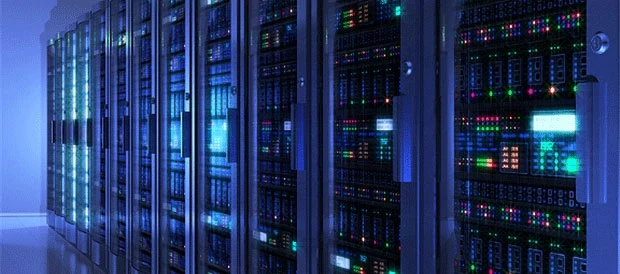Network Attached Storage (NAS) systems have quietly revolutionized how businesses and individuals manage their data. As we move into 2025, these storage solutions are evolving at breakneck speed, driven by explosive data growth, remote work demands, and emerging technologies like AI and edge computing.
Whether you're managing terabytes of business-critical files or streaming media across multiple devices, understanding where NAS technology is headed can help you make smarter storage decisions. This year promises significant shifts in performance, security, and functionality that will reshape the enterprise NAS storage landscape.
Performance Breakthroughs on the Horizon
The biggest performance leap coming to NAS systems involves the widespread adoption of PCIe 5.0 interfaces and next-generation processors. These hardware upgrades will deliver transfer speeds that were unimaginable just a few years ago, with some enterprise models reaching sequential read speeds exceeding 15 GB/s.
Multi-core ARM processors are becoming the new standard, offering better power efficiency while handling complex workloads. This shift means businesses can expect their NAS system to perform demanding tasks like real-time video transcoding and large-scale data analytics without breaking a sweat.
Flash storage integration is also accelerating. While traditional spinning drives remain cost-effective for bulk storage, hybrid configurations combining SSDs for active data and HDDs for archival storage are becoming the sweet spot for most organizations.
AI Integration Changes Everything
Artificial intelligence is transforming NAS systems from passive storage devices into intelligent data management platforms. Modern enterprise NAS storage solutions now include AI-powered features that automatically organize files, predict storage needs, and optimize performance based on usage patterns.
Smart caching algorithms learn which files you access most frequently and keep them readily available on faster storage tiers. Some systems can even predict when drives are likely to fail, sending alerts weeks before a potential breakdown occurs.
Content analysis capabilities are becoming more sophisticated too. NAS systems can now automatically tag photos, transcribe audio files, and extract text from documents, making your stored data much more searchable and useful.
Security Gets a Major Upgrade
Cybersecurity threats targeting storage systems have intensified, pushing NAS manufacturers to implement military-grade protection measures. Zero-trust architecture is becoming standard, where every access request is verified regardless of its source.
Advanced encryption protocols now protect data both at rest and in transit, with some systems offering hardware-based encryption that doesn't impact performance. Multi-factor authentication and role-based access controls give administrators granular control over who can access specific files and folders.
Ransomware protection has evolved beyond simple backups. Modern NAS systems create immutable snapshots that attackers cannot modify, ensuring you always have clean data to restore from. Some models even include behavioral analysis that can detect and isolate suspicious file activity in real-time.
Cloud Integration Reaches New Heights
The line between local and cloud storage continues to blur. Hybrid cloud features allow NAS systems to seamlessly extend their capacity using public cloud services, automatically moving less-frequently accessed files to cheaper cloud storage while keeping active data local.
Multi-cloud support means you're no longer locked into a single cloud provider. Your NAS system can simultaneously sync with AWS, Google Cloud, and Microsoft Azure, providing redundancy and cost optimization opportunities.
Edge computing integration is particularly exciting for businesses with multiple locations. Branch offices can now share a unified storage namespace, with data automatically synchronized and cached where it's needed most.
Enterprise Features Trickle Down
Technologies once reserved for million-dollar enterprise storage arrays are now appearing in mid-range NAS systems. Features like data deduplication, which eliminates duplicate files to save space, and compression algorithms that can reduce storage requirements by 50% or more are becoming standard.
Software-defined storage capabilities allow administrators to create virtual storage pools that span multiple physical devices. This flexibility makes it easier to scale storage capacity and performance as business needs change.
Advanced backup and disaster recovery options now include features like continuous data protection, where every file change is captured and can be restored to any point in time with granular precision.
What This Means for Your Business?
These technological advances translate into real business benefits. Faster performance means employees spend less time waiting for files to load or transfer. Enhanced security reduces the risk of costly data breaches. Intelligent features minimize the administrative overhead of managing large amounts of data.
For organizations evaluating enterprise NAS storage options, the key is choosing systems that can grow with your needs. Look for platforms that support both current requirements and emerging technologies like 25GbE networking and NVMe storage protocols.
Preparing for the Storage Future
The NAS system landscape in 2025 will reward organizations that think strategically about their data infrastructure. As storage becomes more intelligent and integrated, the most successful deployments will be those that view NAS not just as a place to store files, but as a foundation for data-driven business operations.
Start by auditing your current storage needs and growth projections. Consider how AI features might streamline your workflows and whether cloud integration could reduce costs or improve accessibility. The storage decisions you make today will impact your organization's efficiency and competitiveness for years to come.



